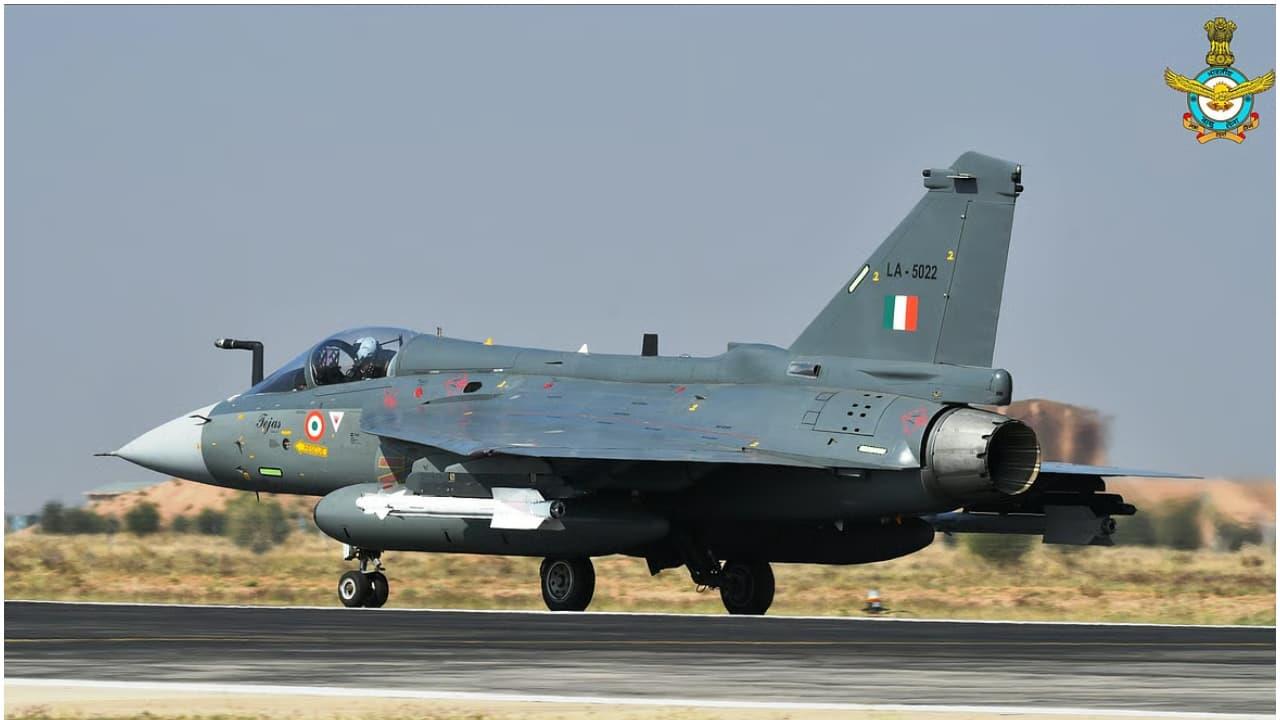
Tejas Crash In Dubai: Second Major Accident In 24 Years Raises Concerns
India's indigenous fighter jet, the LCA Tejas, crashed on Friday during a flying display at the Dubai Air Show, claiming the life of the pilot. The tragedy marks only the second major crash in Tejas's 24-year journey.
India's indigenous fighter jet, the LCA Tejas, suffered a tragic crash on Friday afternoon during a flying demonstration at the Dubai Air Show. The Indian Air Force (IAF) confirmed that the pilot lost his life in the accident.
This is only the second major crash in Tejas's 24-year development and operational journey, a programme that has long been seen as a symbol of India's technological self-reliance.
Here's a closer, more relatable look at what Tejas is, and why it matters.
The Tejas isn't just another military jet-it represents years of Indian engineering. While it usually flies as a single-seater combat aircraft, both the Air Force and Navy also operate a twin-seat trainer version.
Its story began in earnest with the first test flight of Technology Demonstrator-1 back in 2001. Years later, the more refined SP2 aircraft completed its maiden IOC flight on March 22, 2016. Each version marks a milestone in India's attempt to build a reliable, modern fighter on its own soil.
Despite being one of the smallest and lightest aircraft in its class, Tejas packs surprising strength. It can carry up to 4,000 kg of payload-from missiles to bombs-and has a maximum takeoff weight of 13,300 kg.
It's built for a single pilot and runs on a single engine, making it compact yet capable.
Tejas belongs to the 4.5-generation category of fighter aircraft-meaning it's equipped for the kind of complex battlefield challenges seen today.
From offensive air missions to supporting troops on the ground, it can switch roles quickly. This flexibility is what makes it valuable to the IAF.
In 2016, Tejas officially entered service with No. 45 Squadron, better known as the Flying Daggers.
Pilots often describe it as nimble and responsive, thanks to its lightweight composite structure. Its size and materials also give it better agility, something that frequently stands out in demonstrations and combat training.
Even as the crash has raised questions, Tejas continues to be at the heart of India's defence plans. In August, the government approved the purchase of 97 Tejas Mark 1A fighters, a major step forward for the Make in India vision.
Legal Disclaimer:
MENAFN provides the
information “as is” without warranty of any kind. We do not accept
any responsibility or liability for the accuracy, content, images,
videos, licenses, completeness, legality, or reliability of the information
contained in this article. If you have any complaints or copyright
issues related to this article, kindly contact the provider above.


















Comments
No comment